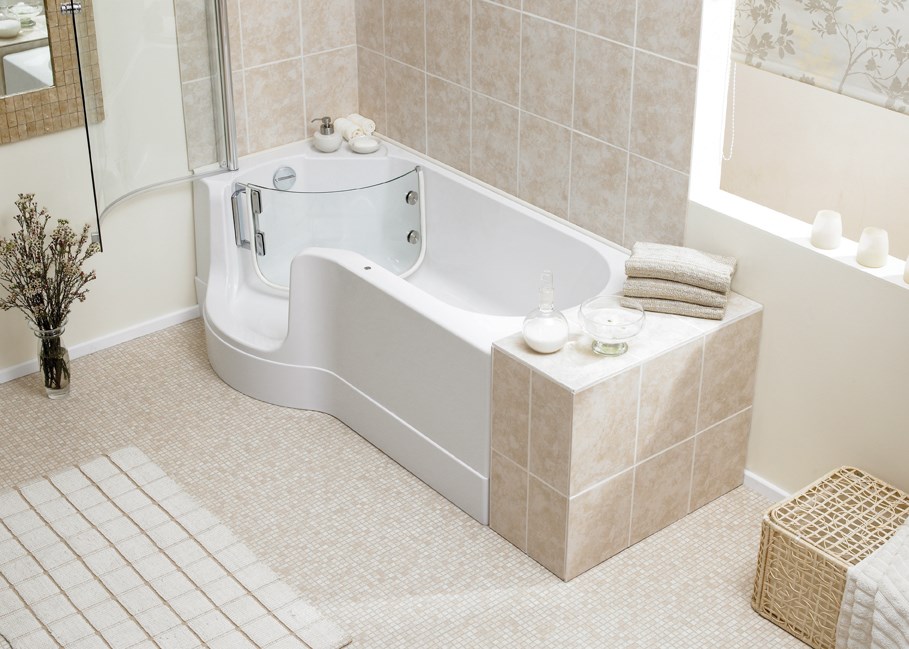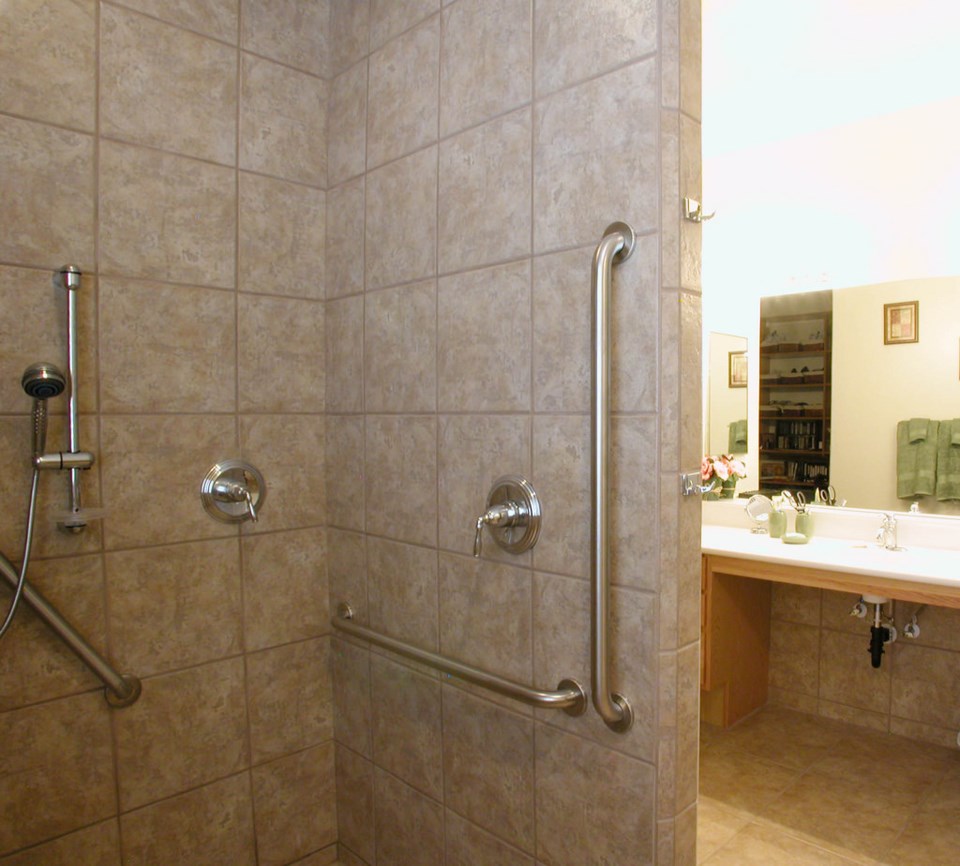If you’re like most Canadian seniors, you want to live in your home for as long as possible. And if your home is safe, that could be until the day you die. But there is a misconception that Aging in Place renovations are only for seniors. Too often, people don’t modify their homes until they are injured or have a stroke. But when you have to get things done immediately, you can be taken advantage of.
Doing it right
Aging in place renovations or modifications identify living environments that can apply to all ages — with a focus on fall prevention. So think about making modifications now to prepare for later years: take the time to do it right (so it doesn't look like an institution) and hire renovators/contractors who know what they are doing. Make sure they apply “universal” or “ageless” design, which is the design of products and environments to be usable by all people, to the greatest extent possible, without the need for adaptation or specialized design. You don’t want to create a nursing home. And design is particularly important when considering resale.
Number of seniors expected to double
According to Statistics Canada, over the next 30 years, the number of seniors requiring assistance is expected to double. Most everyone prefers to stay close to home: only 8 percent of seniors are in retirement communities or residential care. And if baby boomers (born between 1946 and 1964) choose to age in place, about 10 million existing homes will need to be modified or renovated. According to the Greater Vancouver Home Builders' Association (GVHBA), half the new homes are being built with accessibility features that weren’t in place five years ago. That’s up from 37 per cent in 2006, and 25 per cent a decade earlier.
“Vancouver’s accessibility building code standards are now applied to all new buildings and during the renovation of older structures,” says Bob de Wit, CEO with the GVHBA.
“More people are moving from single-family houses in the suburbs to large condos downtown, so they can live on one level and downsize at the same time. While it is getting easier to Age in Place in Vancouver, we see an increased demand to renovate.” This is where a CAPS certified company comes in.

The cost
Concerned about the expense? Mark Senner, president of CareAge Home and Health Enterprises, estimates you can modify your home to suit the rest of your life for what it would cost to live in a retirement community for six months. In other words, about $35,000 will address the basic requirements and provide a functional environment to Age in Place.
Aging in Place Certification
There are programs available whereby contractors are certified to make homes safer as we age — without forfeiting design. The GVHBA works with organizations that train builders as Certified Aging in Place Specialists. Senner took the certification course in Washington State. (Currently there are no certification programs available in Canada, but Senner is planning to support and educate other GVHBA members on the Aging in Place approach to building and renovations.)
“We are trained to identify physical barriers in the home and to be aware of people with hearing or sight impairments and general mobility issues,” says Senner. “Acoustics and lighting are more important as you age, and home automation is the new big thing.”
He advises to not wait until you experience a fall -- a time when family and friends and caregivers are panicked to get something done. Talk to a certified expert sooner than later and make sure you age in the right place.
Five Best Ways to Age in Place
1.One Level: Eliminate stairs and barriers with one-storey living, including outdoor patio/balcony. Thresholds that are flush with the floor are wheelchair-friendly, and prevent tripping.
2.Bathroom Spa: Most injuries occur in the bathroom. Add a grab bar and non-slip coatings to the bathtub. Or remove the tub and replace with a walk-in shower. Modify or replace the vanity with a roll-under—if you are in a wheelchair, you can get right up to the sink. Replace regular toilet with a comfort height toilet.
3. Wider Doorways and Hallways: Doorways that are 32-36 inches wide let wheelchairs pass through. They also make it easy to move big things in and out of the house. Hallways should be 36-42 inches wide.
4. Home Automation controls the environment, provides entertainment and provides safety. Through a variety of different sensors (without Big Brother looking in) you can facilitate taking care of health and safety. For example, it can detect a fall. Or say Mom leaves the stove on. Appliances and taps can be controlled—and turned off—remotely.
5. Knobs and Handles: Door knobs can be hard to turn and standard switches awkward. Lever door handles and rocker light switches are great for people with poor hand strength, or when your arms are full of grocery bags.
Of note: The City of North Vancouver was ahead of its time. Developed in the 1990s, its Adaptable Design policy creates apartment units that can be renovated inexpensively or grab bars can be safely installed. The city has over 2,500 adaptable units, found in newer apartment buildings



